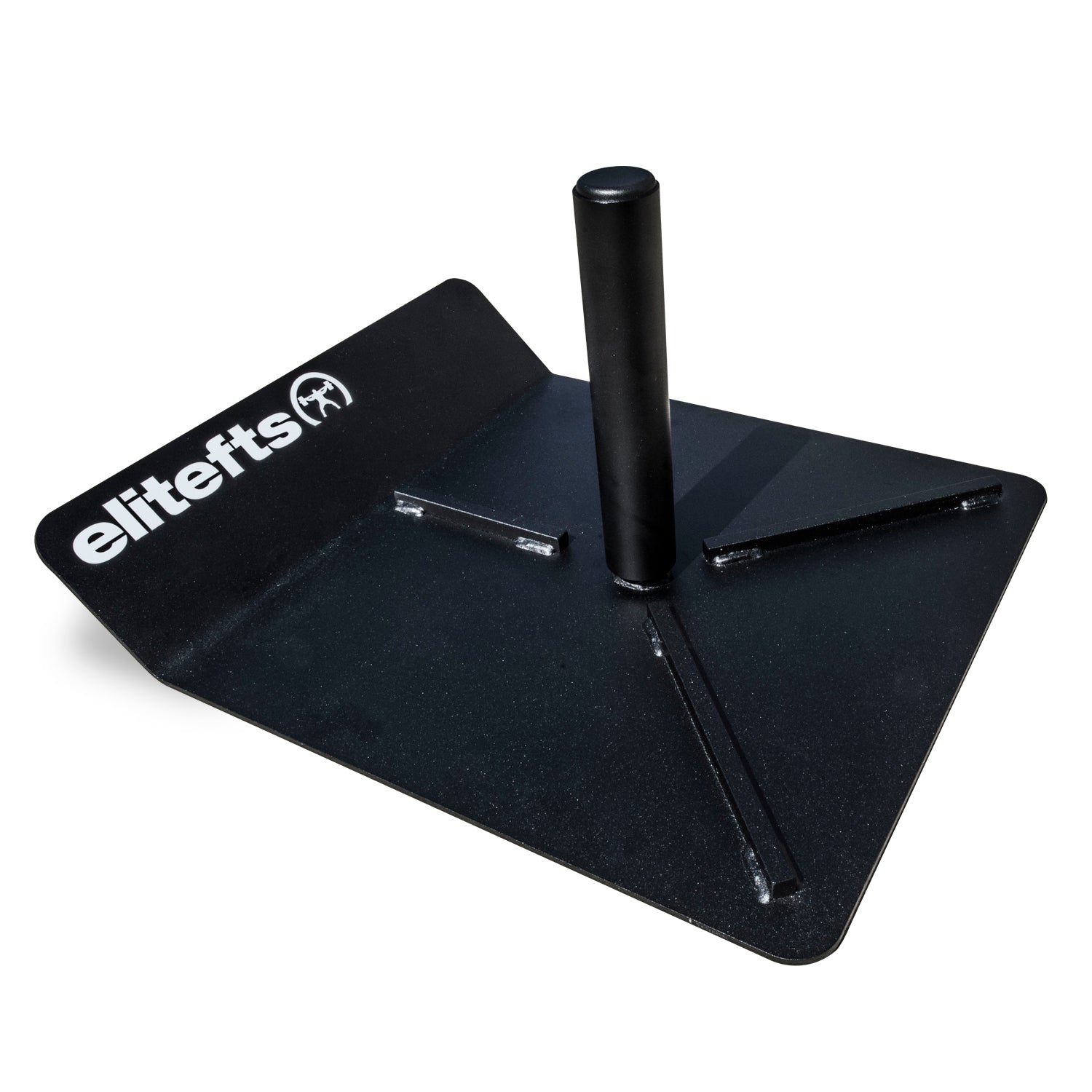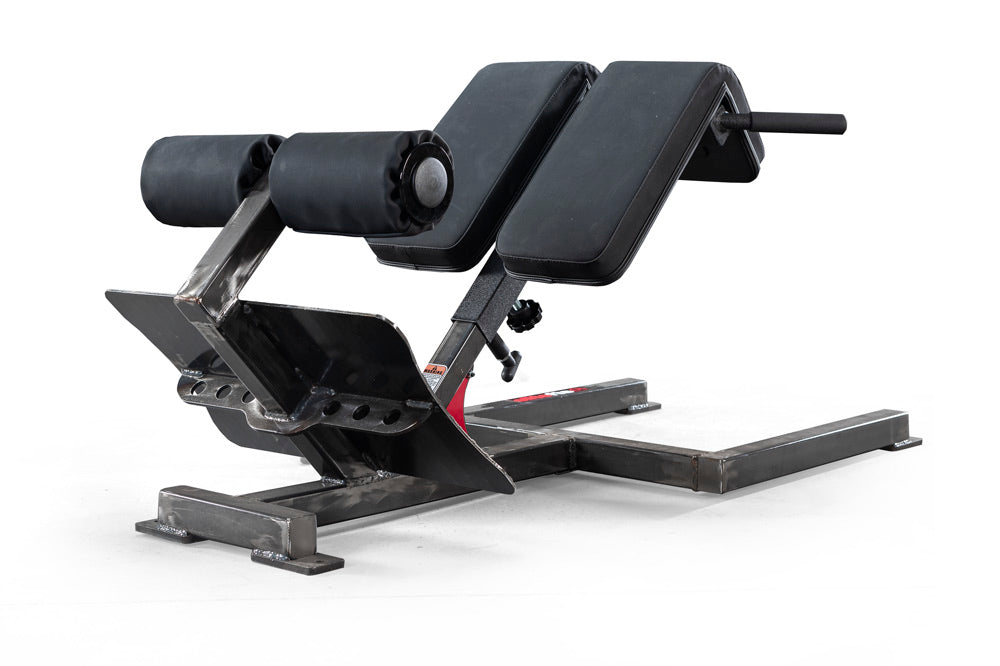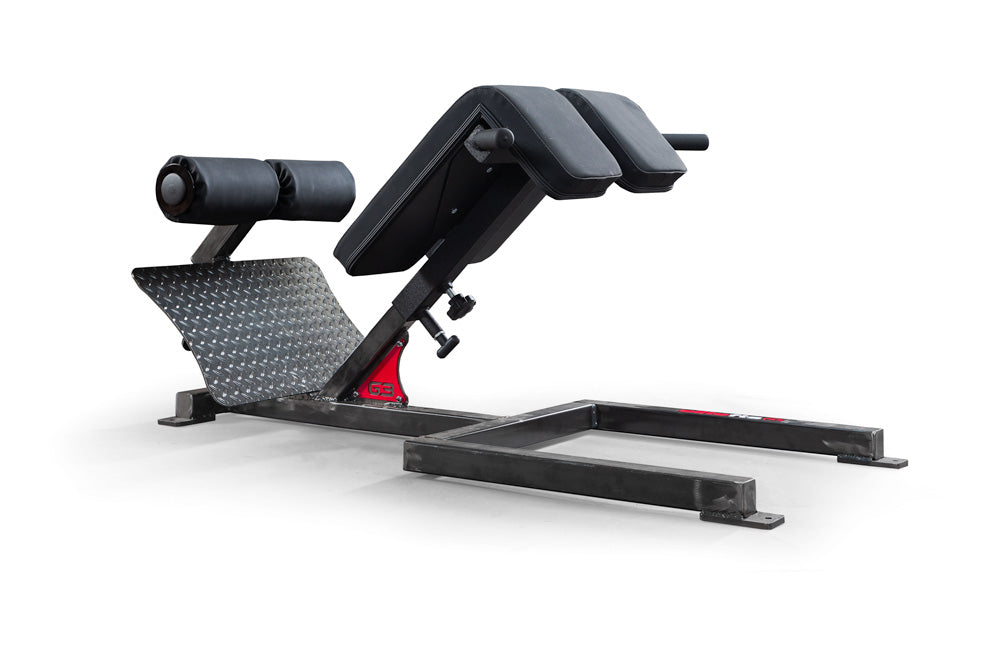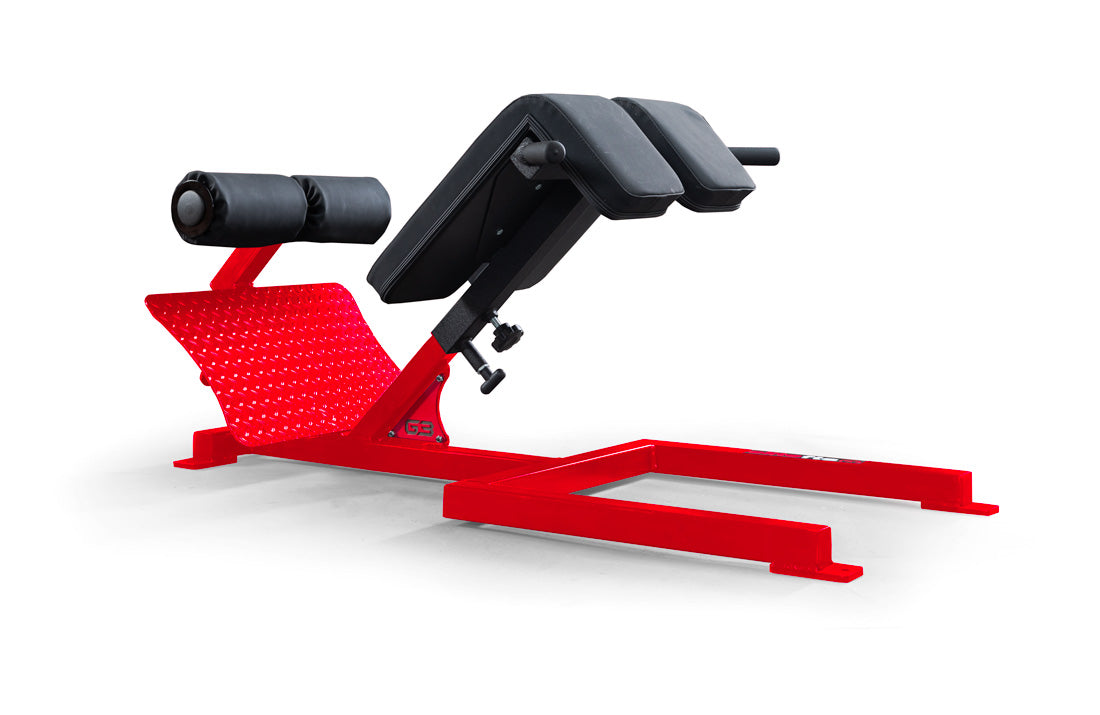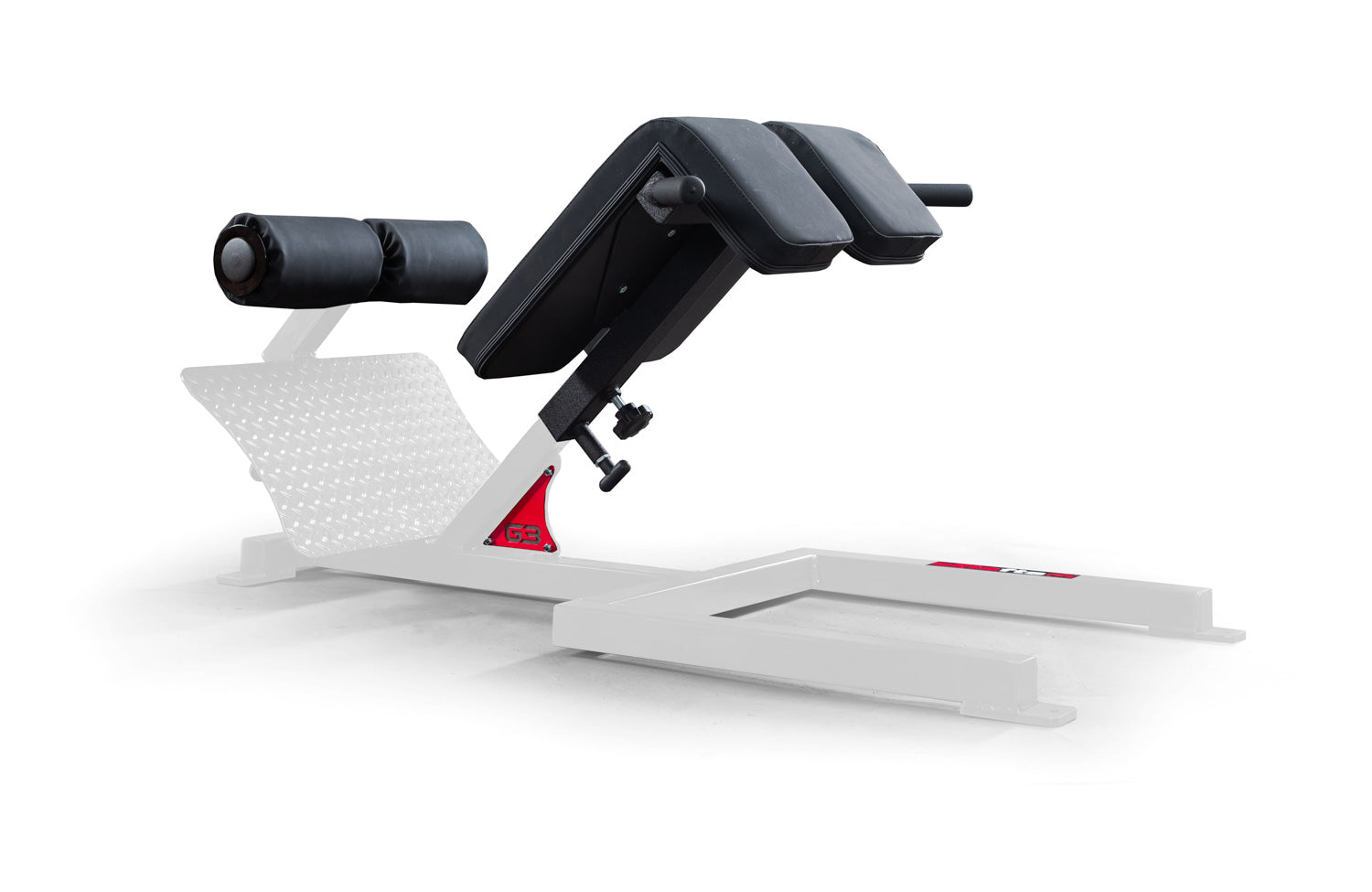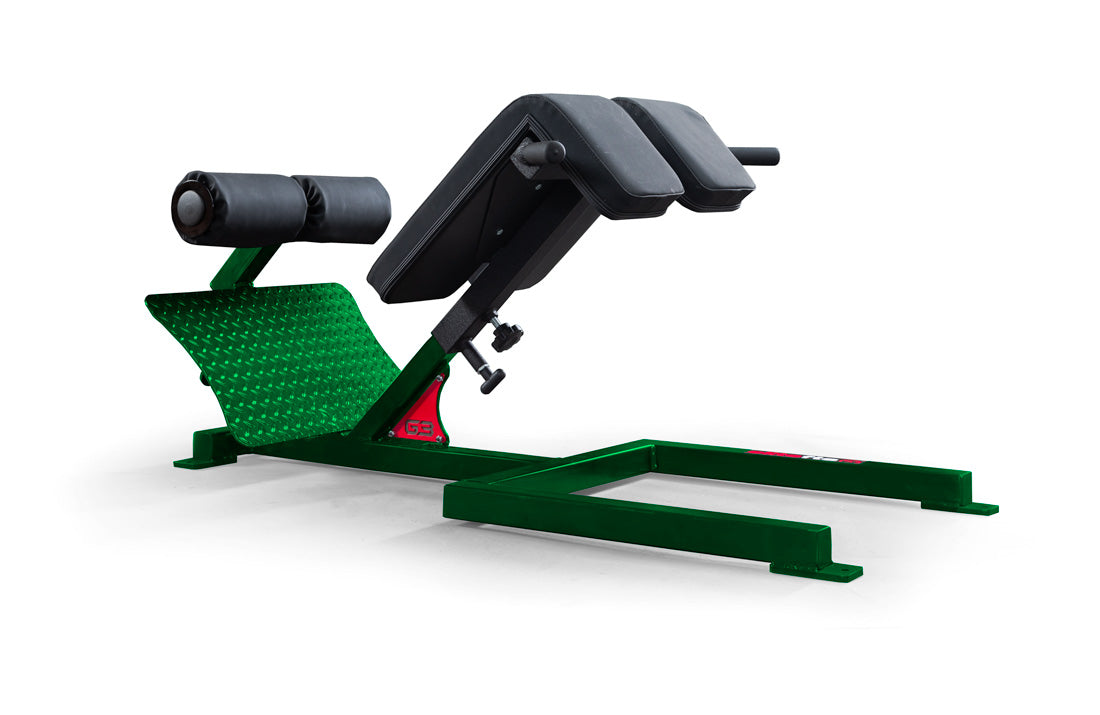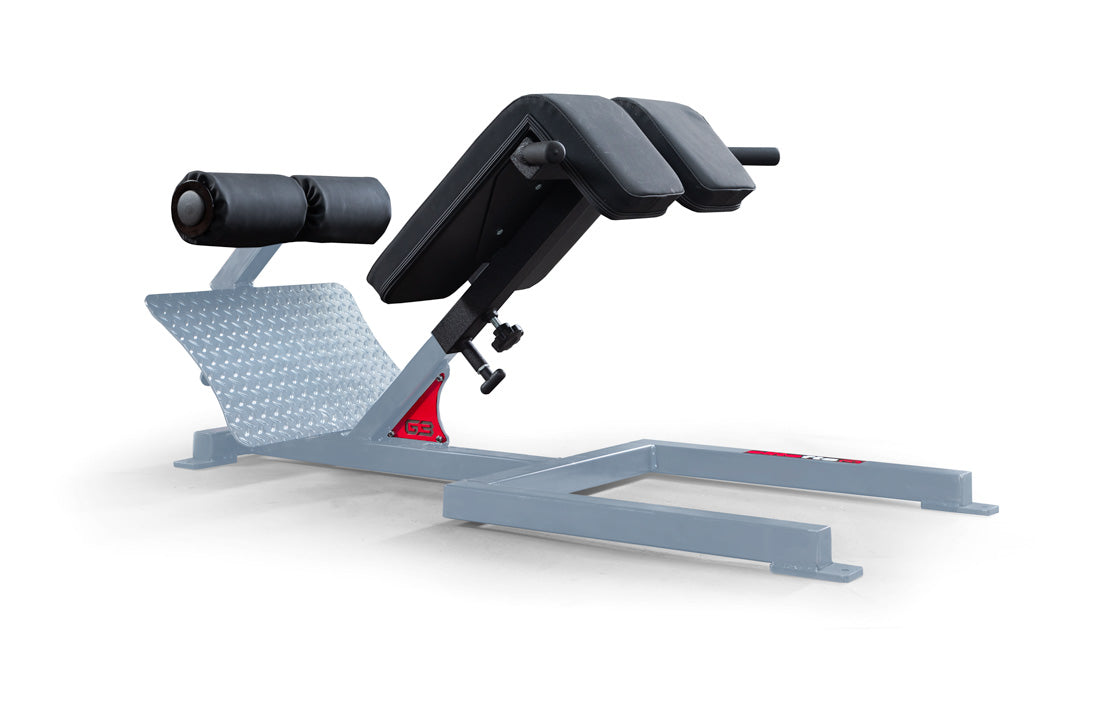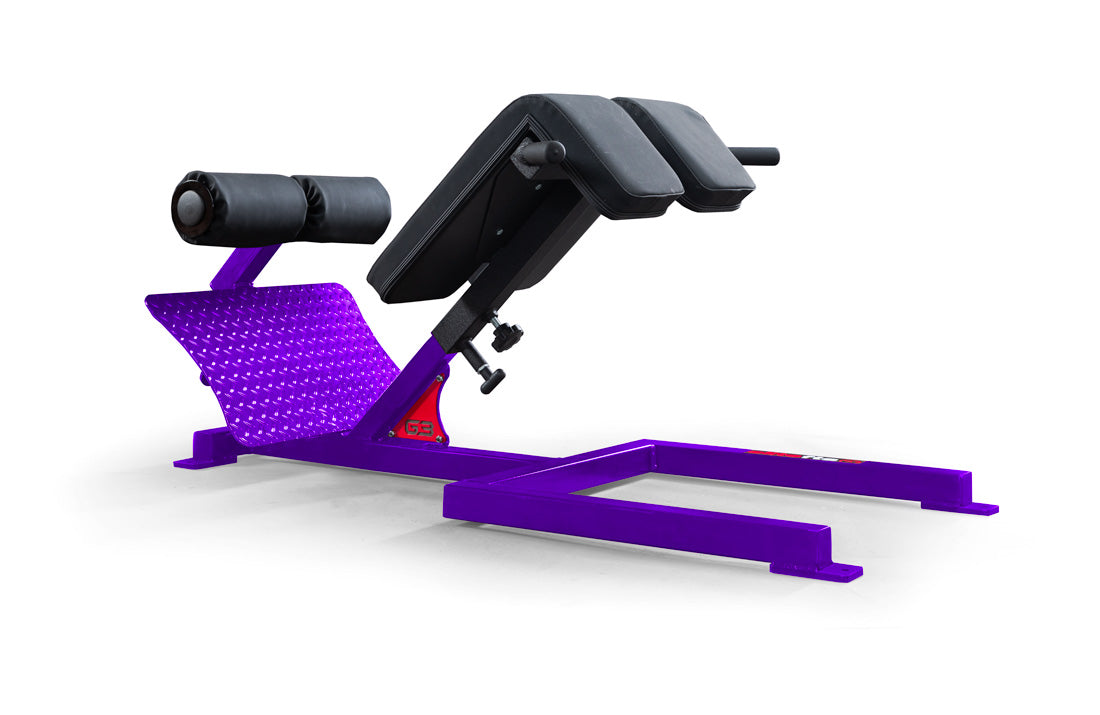- Offensive: Tackles, guards, and centers
- Defensive: Nose tackles, defensive tackles, and defensive ends
sled The sled is an option that fits in the general specific due to movement against resistance. The resistance can be varied to reach desired intensity. Different movements can be used such as slants, pull steps, etc. The problem with this method is the angle of resistance doesn’t match what will be faced in a game situation. Another problem is the fact that this does nothing to teach proper hand positioning. So while this is certainly a viable option, it is not the best choice if others are available. Option 2: Pushing a weighted sled
(Prowler) This holds the obvious advantage over pulling a sled due to the angle of resistance being closer to what is faced. It also allows somewhat of an element of hand positioning, albeit not exactly specific. Other elements that can be added are pushing for a certain time and using a defensive move such as swim, rip, spin and so on to move from the sled and sprint. And just like the pulling sled, it can also be loaded for the desired effect. While the Prowler and other similar devices are great for all of these reasons, here lies one glaring problem. You can push the sled all you want, and can even load it up to where it won’t move, but no matter what, it won’t push back. So while it also is an option that can definitely raise SPP, it still has its limitations. Option 3: Tire fights I got this idea from a few posts made by
The Thinker on the Q&A. There are actually two different variations of this that can be used. Both have the tire between two linemen. They line up about a yard off of the tire. The first variation will be a hit and drive drill. Both athletes will start in a three point stance. On the signal, they will fire out, extend into the tire and attempt to drive their opponent back. The drill ends either when someone loses by having the tire driven back on them or when the time is up. The second variation is similar to pass protection. Both athletes will line up about a yard off, with the hips low in a pass protection stance. On the signal, one will push the tire and the other will absorb and push back. The drill ends either when one loses by having the tire pushed over on them or when the time is up. An advantage this holds over the previous sled work is that this is live one-on-one combat with an opponent. It isn’t enough to just push, because someone is pushing back and you have to be more aggressive to win. The other option is that technical aspects can be taught and assessed during

these drills. These are specific components such as stance, hand position, leg drive through an opponent, etc. The problem is this can be a double-edged sword if the coach in charge of physical preparation isn’t familiar with these aspects. These should not look like some of the idiotic tire fight videos posted all over YouTube that last in excess of thirty seconds with terrible technique. If you are not familiar with proper technique, either consult with a position coach or have someone help with these drills. The other problem is the inherent risk of contact. Of course proper programming and technique will limit this factor, and if the drill looks unsafe at any point it should be stopped. Not to mention football is a contact sport, so if contact scares you, then you should probably take up knitting. Practical Programming If you have made it this far into the article without being turned off by the use of words like “bioenergetic” and “alactic”, you might be wondering how to utilize these drills in your programming. The consideration that needs to be made is that the way these drills are used will fall into a category of intensive SPP drills. Because of this, I suggest that you use a system of High-Low programming that has been covered many times by The Thinker. If you are unfamiliar with this, search some of the Q&A posts or research the works of Charlie Francis. But to sum it up, for each day that is a highly intensive training session, a low intensity training day should follow to facilitate recovery. So, to put a sample template together it should look like this:
- Day 1: High Intensity Field Work (sprints, SPP drills at full speed, intensive jumps and throws), High Intensity Weights (main movements that you choose to use and any intensive supplemental)
- Day 2: Low Intensity Field Work (tempo runs, SPP drills at low rate of movement and intensity, extensive jumps and throws), Low Intensity Weights (body weight movements, light accessory movements, ab work)

SPP to increase alactic power: Prowler Push 6 – 10 seconds work/2 – 5 minute RI Remember that the goal when training for alactic power is a complete recovery. The rest time can be somewhat arbitrary and will depend on the individual, but it would be best to err on the side of caution to ensure the full recovery. SPP to increase alactic capacity: Tire Fights 6 – 10 seconds work/30 – 90 seconds RI During this time, the rest interval shortens, but the time of work remains between 6 – 10 seconds. When I used this during the last alactic capacity block leading to summer practices, the RI probably was closer to 90 seconds for two reasons. First, is the fact that we only have two tires, so we line up on both sides and rotate in. Second, we coach technique between each rep. Do not forget the purpose of this is to not only increase work capacity, but to teach technique. Because of this, it isn’t about getting as many reps in as possible, but making sure that quality reps are being completed and the correct skill is being taught. Now considering these guidelines, here is my rant. If you choose to use any of these drills, DO NOT be the moron that has someone push a Prowler for 50 – 100 yards or some idiotic suicide drill with a video camera on them while screaming obscenities or the obligatory “come on, push it” bullshit and try to say it is SPP. Also, do not use the tire fights if you are going to “go until someone quits or loses” on every rep with no regard for technique, and rejoice when someone vomits, again with the camera on them. If you do this, it shows you have no idea of SPP, bioenergetics, or any of the above. And yes, I understand some of this idiocy has produced results, but what was the level of athlete? When qualification is low, anything will produce results, but that doesn’t mean it is right. Conclusion When attempting to train athletes to succeed, it is important to understand the demands of not only the sport, but the individual position they will play. What works for one position in a team sport will undoubtedly not work for another due to different demands. In order to accurately prepare, one must look at not only the bioenergetic demands, but also the technical and tactical demands that make each position unique. It is also necessary to critically think of offseason drills that will accomplish these goals without violating any of the regulations in place. Through this, one can gain an edge over competitors that are using less than optimal means of preparation.














